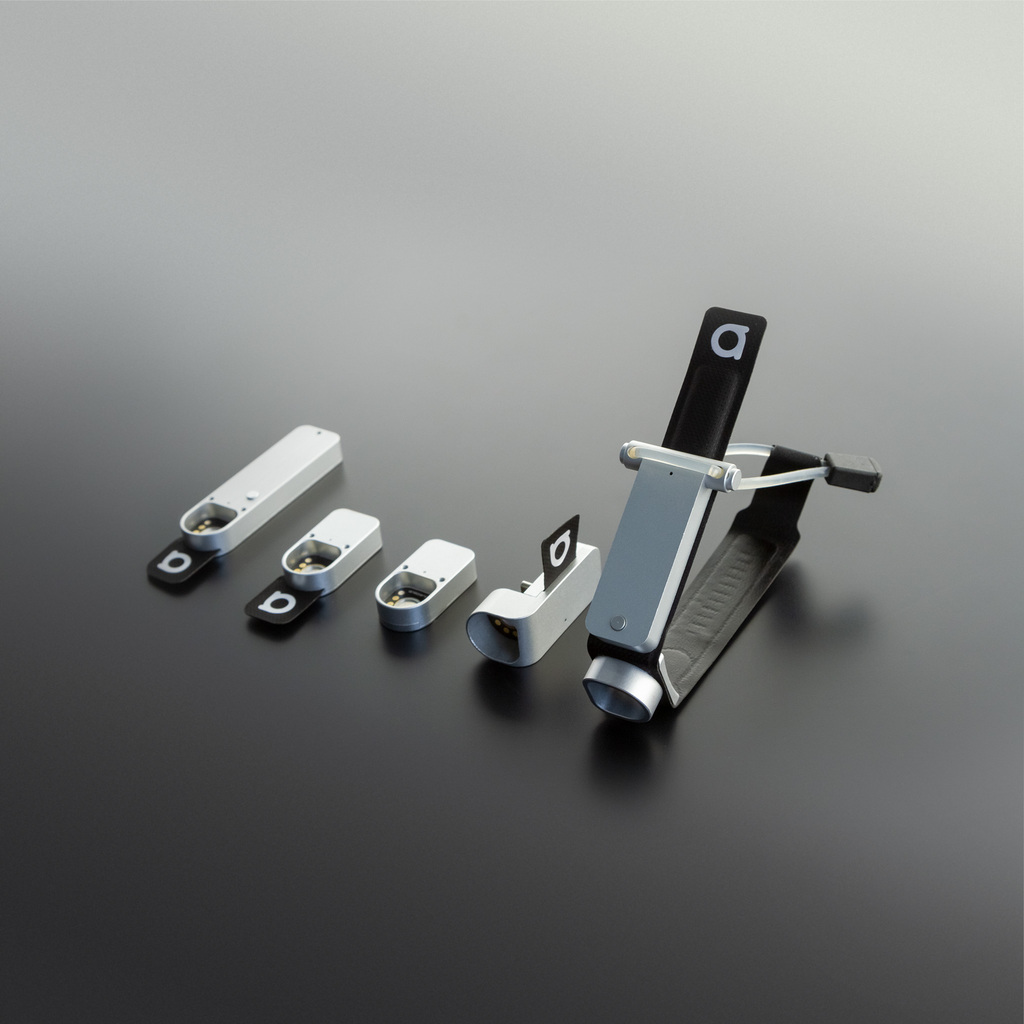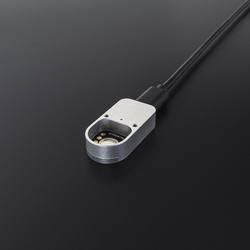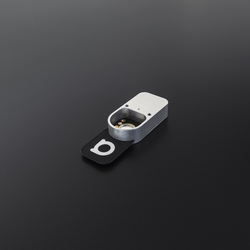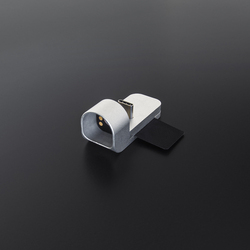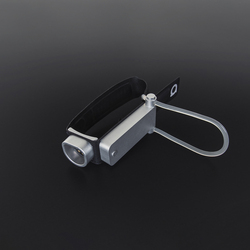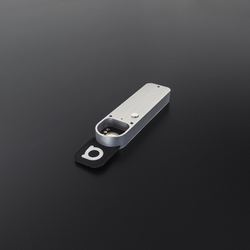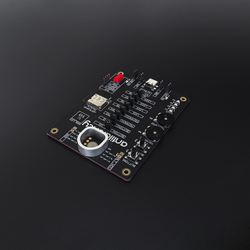Socket
A Socket is a device with a connector for an Alt that can transmit tracking data using a USB or a radio protocol.
Interfacing between a Socket and an Alt is carried out by a magnetic connector.
As part of its configuration, a Socket can act as a client or as an access point:
clientcan connect to an access point via Antilatency Radio Protocol and transmit, for example, tracking data received from an Alt;access pointcan collect data from all clients and send the resulting batch to the Host via USB.
Please, read here to learn more about the configuring devices: How to configure Antilatency wireless devices.
Socket types
There are various types of Socket:
Wired USB Socket
A small and lightweight Socket that does not support Antilatency Radio Protocol. You can secure your Wired USB Socket with double-sided adhesive tape, but we highly recommend using the mounting holes for a tighter fit. In this case you will need the following types of screws: M2x10 DIN 912, M2x12 DIN 912.
Universal Radio Socket
It’s a small and lightweight Socket that can be used for object tracking and collecting data from other radio devices.
Pico Native Socket
A wireless Socket custom-designed to fit the shape of the Pico headsets.
Bracer
A wireless ergonomic 6DoF VR controller for hand tracking.
Tag
Tag is a wireless lightweight Socket that can be attached to even a compact object because of its small size. Tag has a rechargeable battery and is fully functional while charging.
Socket Reference Design
A development board to create a custom Socket for Alt. You can design your own board using the Reference Design materials provided.
Each Socket has certain functions and application area:
- functionality expansion (e.g. Extension Module);
- adaptation for specific purposes (e.g. using Bracer for hand tracking);
- adaptation for specific hardware (e.g. Pico Native Socket).
Developers have an opportunity to create a custom Socket using Socket Reference Design.
